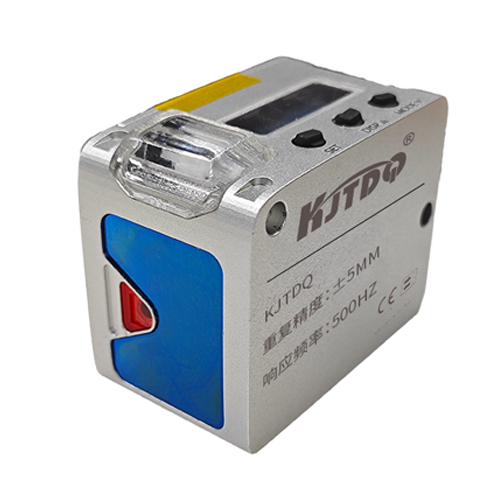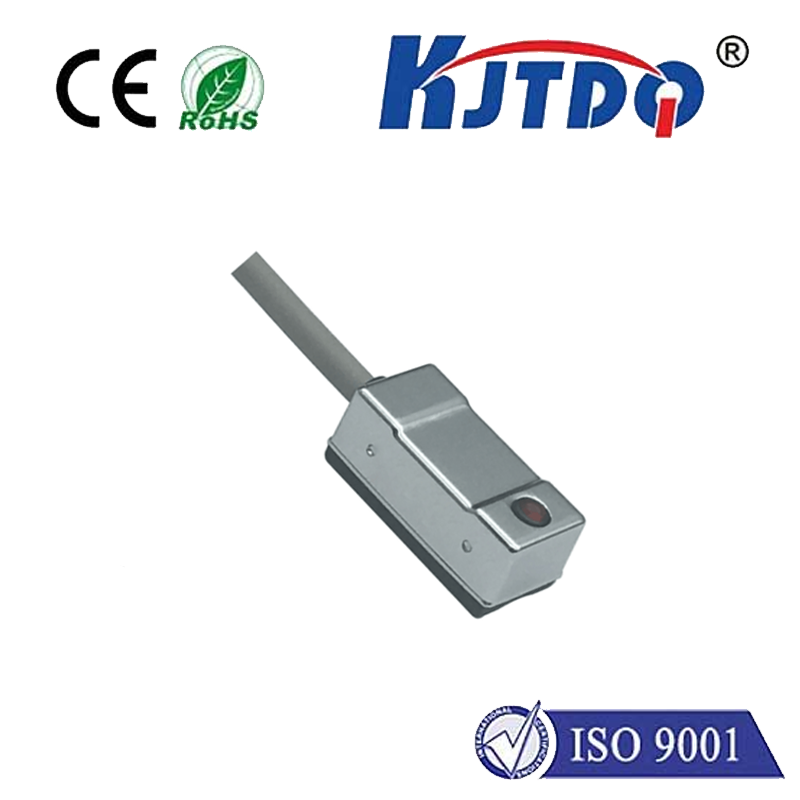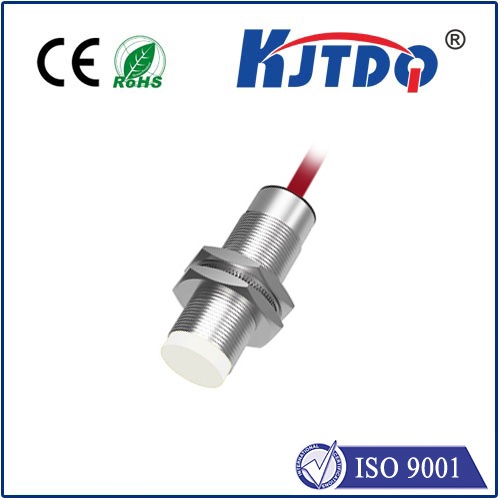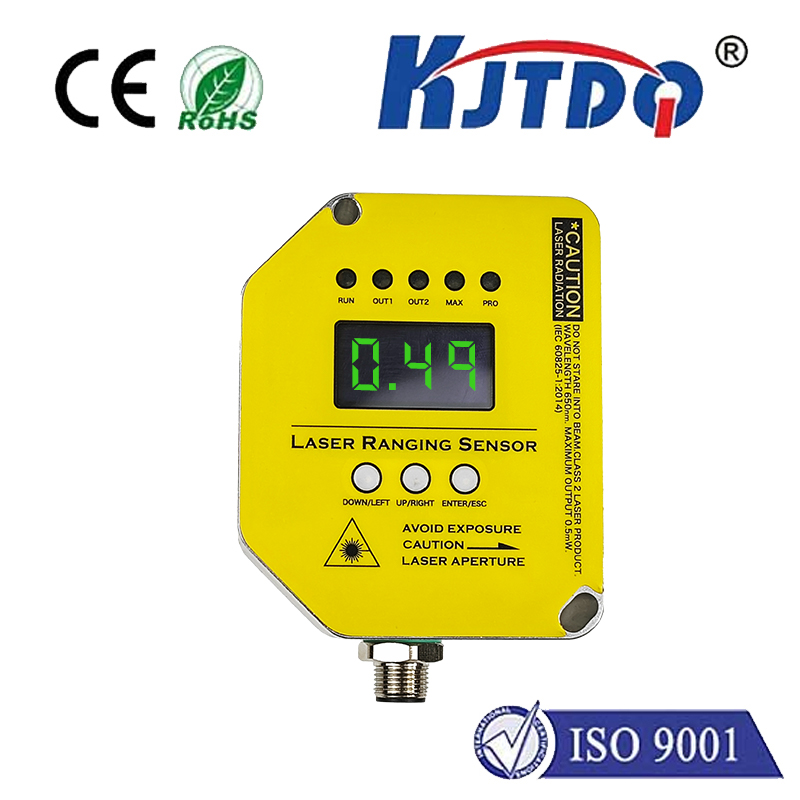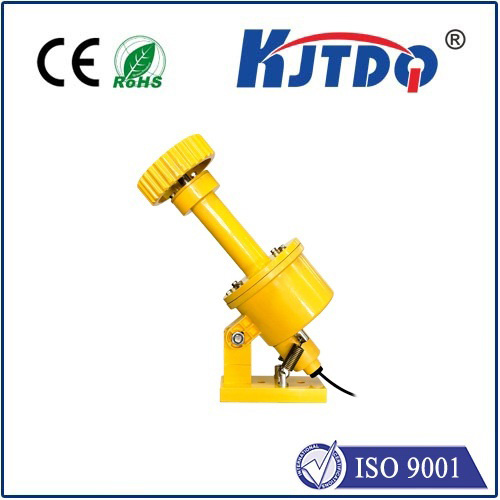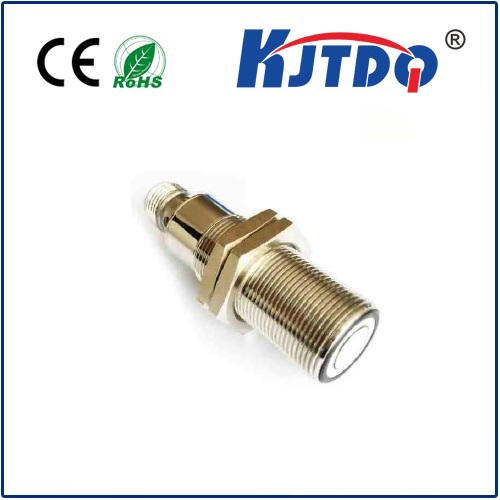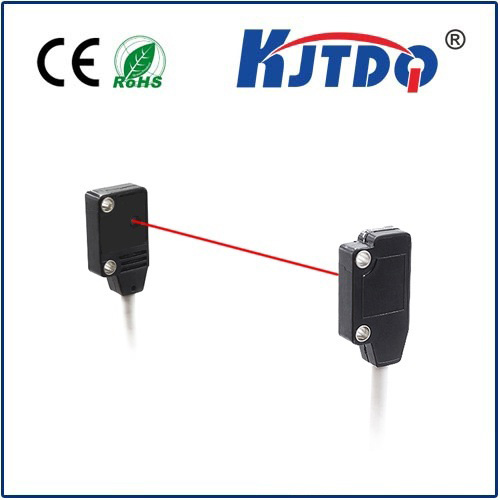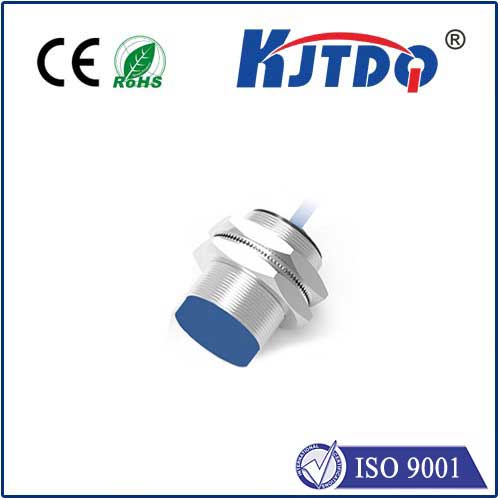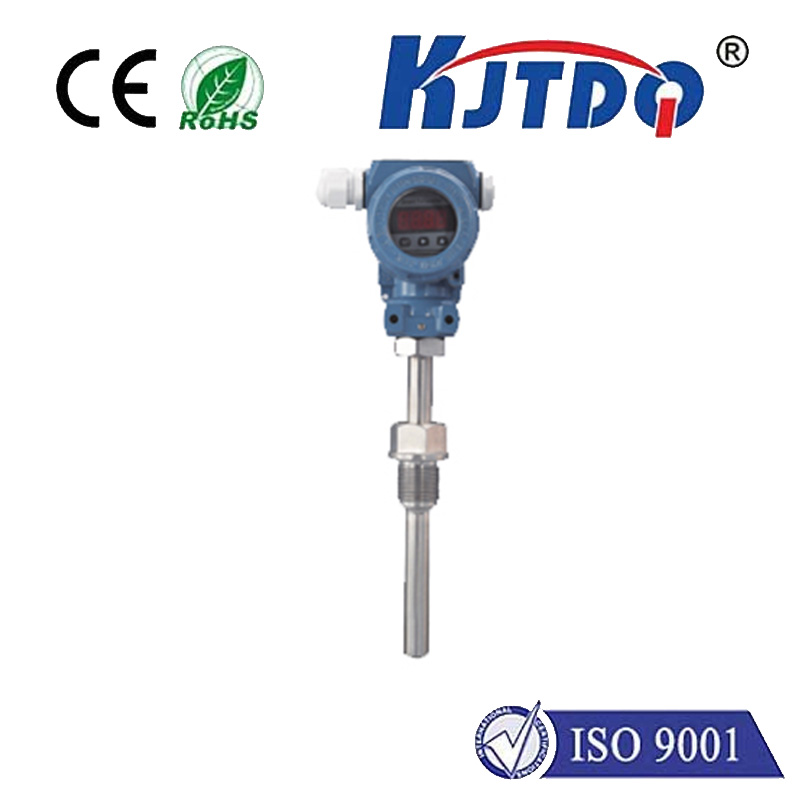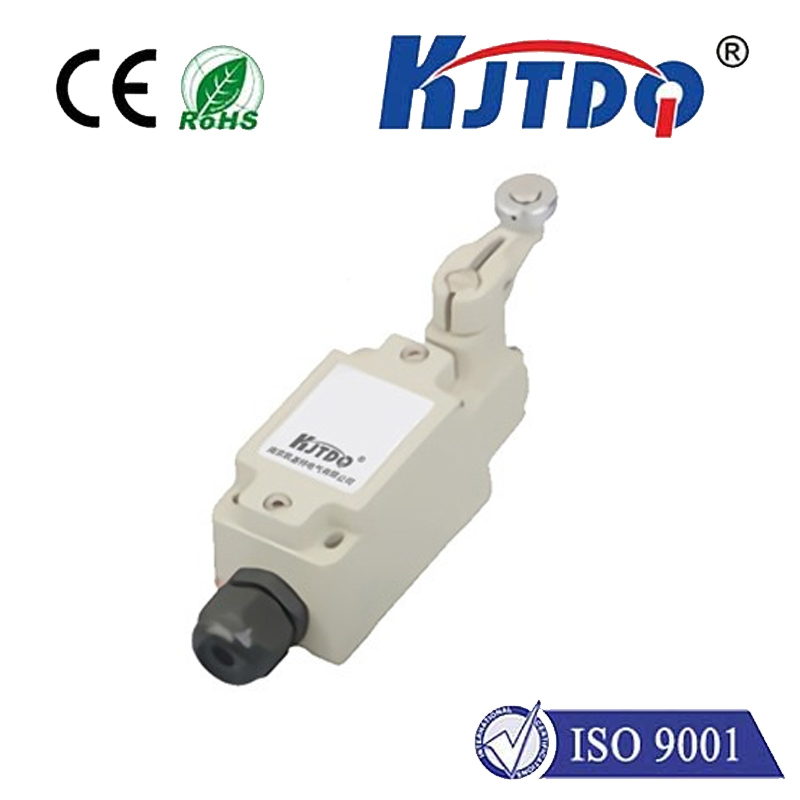

check

check

check

check

check

check

check

check

check

check
Introduction:
In recent years, vibration proximity sensors have emerged as a game-changer in various industries. These tiny devices are capable of detecting and measuring vibrations with remarkable accuracy, making them invaluable for a range of applications. From industrial automation and manufacturing to healthcare and security, vibration proximity sensors are transforming how businesses operate and improving the quality of life for people around the world. In this article, we will delve into the potential of vibration proximity sensors and explore how they are revolutionizing different sectors.
Section 1: Industrial Automation and Manufacturing
Vibration proximity sensors are increasingly being used in industrial automation and manufacturing processes to enhance efficiency, reduce costs, and improve product quality. By detecting subtle vibrations in machinery components, these sensors can alert operators to potential failures before they occur, preventing costly downtime and repairs. Moreover, vibration monitoring can help identify areas of wear and fatigue, allowing manufacturers to schedule maintenance proactively and extend the lifespan of equipment. Additionally, vibration proximity sensors can be used to measure the performance of machines during production runs, providing valuable data for optimization and process improvement.
Section 2: Healthcare
In the healthcare industry, vibration proximity sensors are being utilized for a variety of purposes, from monitoring patients' vital signs to assisting with surgical procedures. For example, doctors can use vibration sensing technology to monitor the patient's heart rate or blood pressure continuously, ensuring that they receive timely interventions if any abnormalities are detected. Additionally, vibration sensors can be integrated into surgical instruments to provide real-time feedback on precision and control, improving the accuracy and safety of surgeries. Moreover, vibration proximity sensors can be used to monitor the physical health of elderly patients who may be prone to falls or other injuries due to poor balance or mobility.
Section 3: Security and Monitoring
Vibration proximity sensors are also proving to be valuable tools in enhancing security measures and providing remote monitoring in public spaces. By detecting abnormal vibrations or movements, these sensors can alert security personnel or surveillance systems to potential threats or suspicious activities. For example, airports can use vibration sensors to detect aircraft that are out of alignment or at risk of collision before they cause harm. Similarly, parking lots can utilize vibration sensors to monitor vehicles that are leaving their designated spots or entering restricted areas, helping to deter theft and vandalism. Furthermore, vibration proximity sensors can be employed in residential communities to detect intruders or unusual activity around homes, providing an added layer of security for residents.
Conclusion:
The potential applications of vibration proximity sensors are vast and varied, spanning across various industries and sectors. From enhancing industrial automation and manufacturing processes to improving patient outcomes in healthcare settings and bolstering public safety, these small devices are transforming the way businesses operate and impacting people's lives every day. As technology continues to advance, it is likely that we will see even more innovative uses for vibration proximity sensors in the future.
